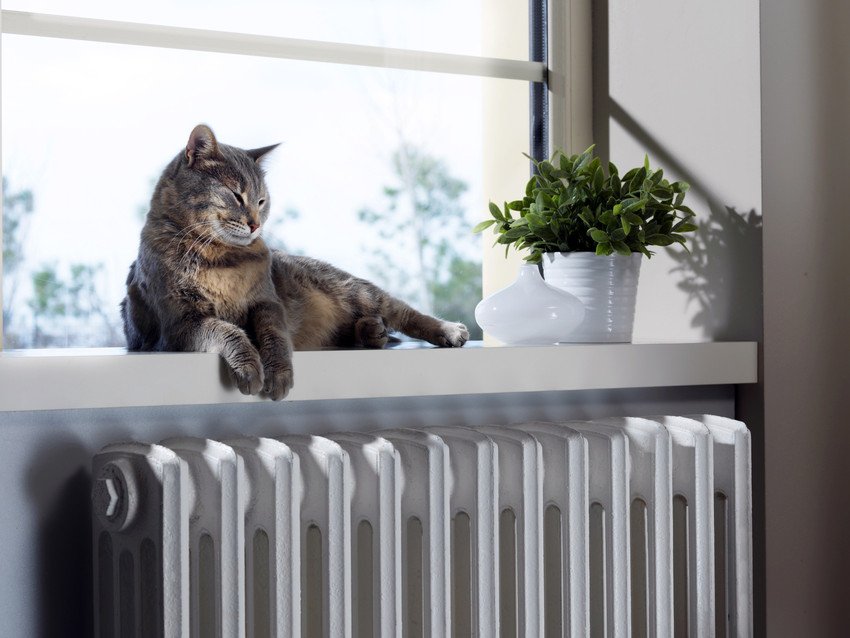We may have finally entered the warm summer months, but central heating still plays an essential role in our everyday lives, whether it’s turning on the radiators to quickly dry clothes, or relying on the boiler to heat water for cooking and washing. It’s estimated that less than 7% of UK households are without central heating today, but it’s actually been around a lot longer than you might think.
From Ancient Rome to the modern systems we have today, see below for a brief guide to the history of central heating.
The Ancient Greeks were the first to develop central heating to warm their temples, using flues planted in the ground which circulated the heat from lit fires. The Romans had an even more advanced system known as a hypocaust, where air heated by furnaces was circulated throughout a building via pipes in the walls and spaces under floorboards.
The decline of the Roman Empire saw most of Europe reverting to more primitive forms of heating, such as open fires, for the next few centuries.
The Medieval period saw a simpler version of the Roman hypocaust being used, with a furnace room distributing heat through a series of underground channels. The Normans also made early attempts at a central heating system by making holes in castle walls to release the smoke produced by indoor furnaces. They began to incorporate chimneys in the early 13th century, after realising that most hot gasses from a fire naturally rise upwards.
Central heating methods remained relatively unchanged for hundreds of years, with most households simply using open fires to heat their homes. It was during the late 18th to mid 19th century that three more modern methods for heating emerged.
In 1793 English inventor William Strutt designed a building that was heated by a new type of central hot air furnace; one that used a stove to heat air from outside via an underground passage. The Scottish inventor James Watt was the first to build a steam-powered heating system in his home, also during the 18th century. High-pressure steam from a central boiler was circulated through embedded pipes; not dissimilar to how our radiators work today.
The Industrial Revolution saw advances in many areas, and engineers soon realised that water retained heat far more effectively than steam. Cast iron radiators became popular throughout Victorian times, as systems pumped hot water through pipes into a radiator to heat the room.
A boiler and radiator combination remains the most popular form of central heating system today, and the basic way the system functions hasn’t changed much; aside from being more energy efficient. From the 1960s onwards, boilers burned clean mains gas, allowing an extra degree of temperature control and efficiency.
If you’re looking for professional central heating installation or repairs, get in touch with West London Gas. Our professional team have years of experience installing, upgrading and replacing central heating systems, and with a 24/7 call out service you can be sure you’re never stuck in an emergency. For more information about our services, give us a call or visit the website.

